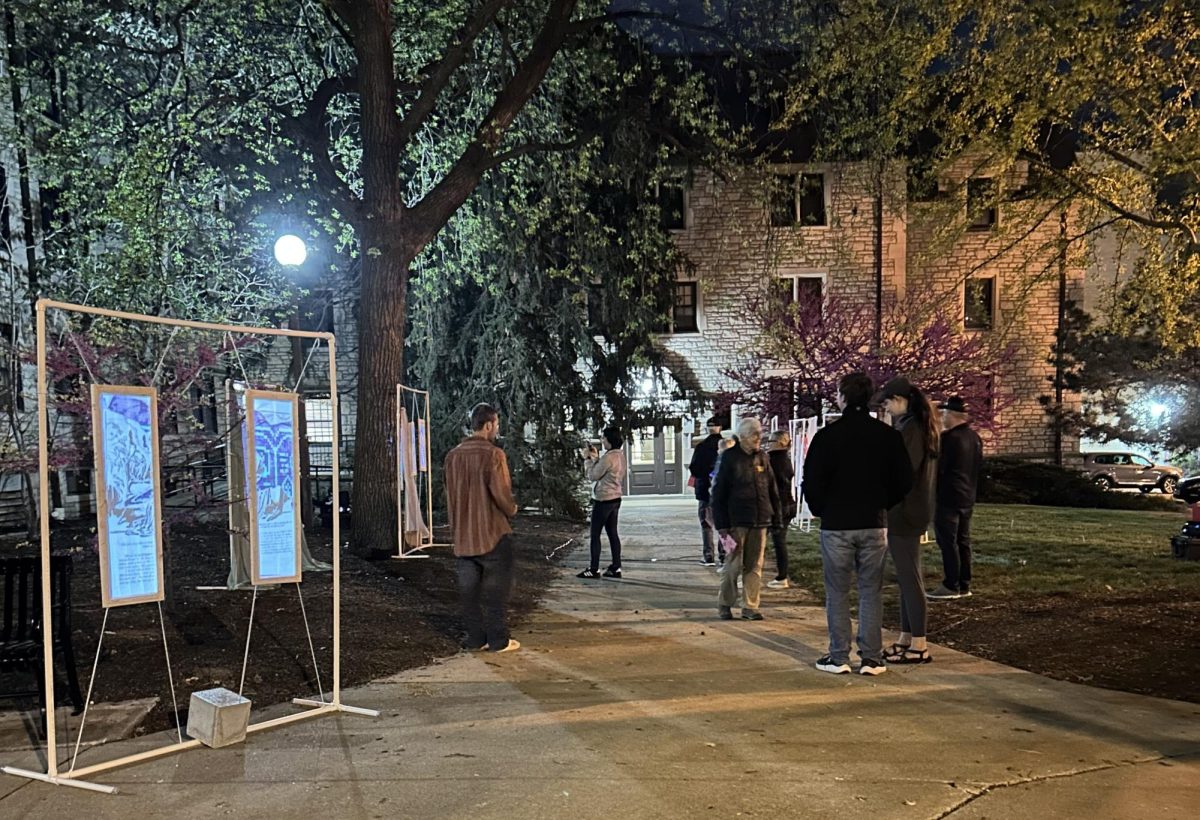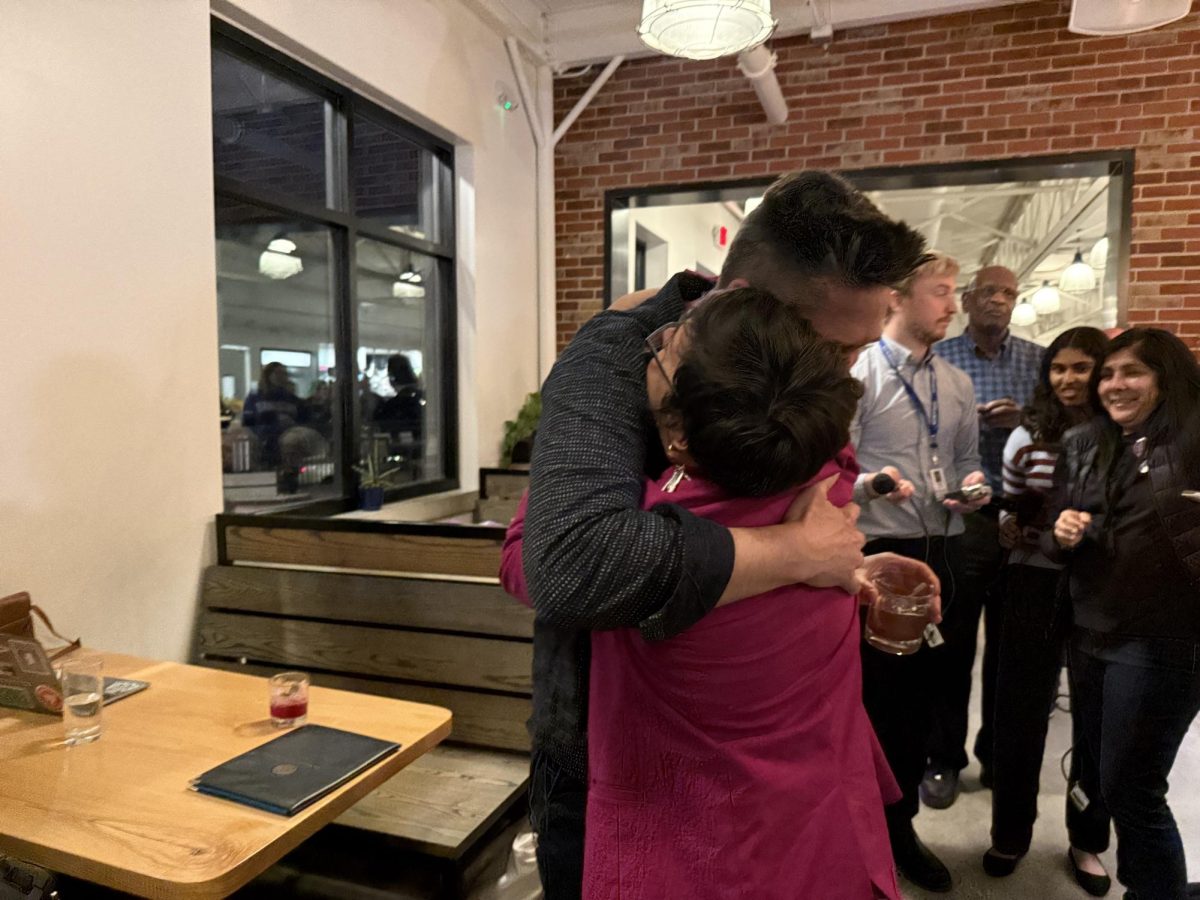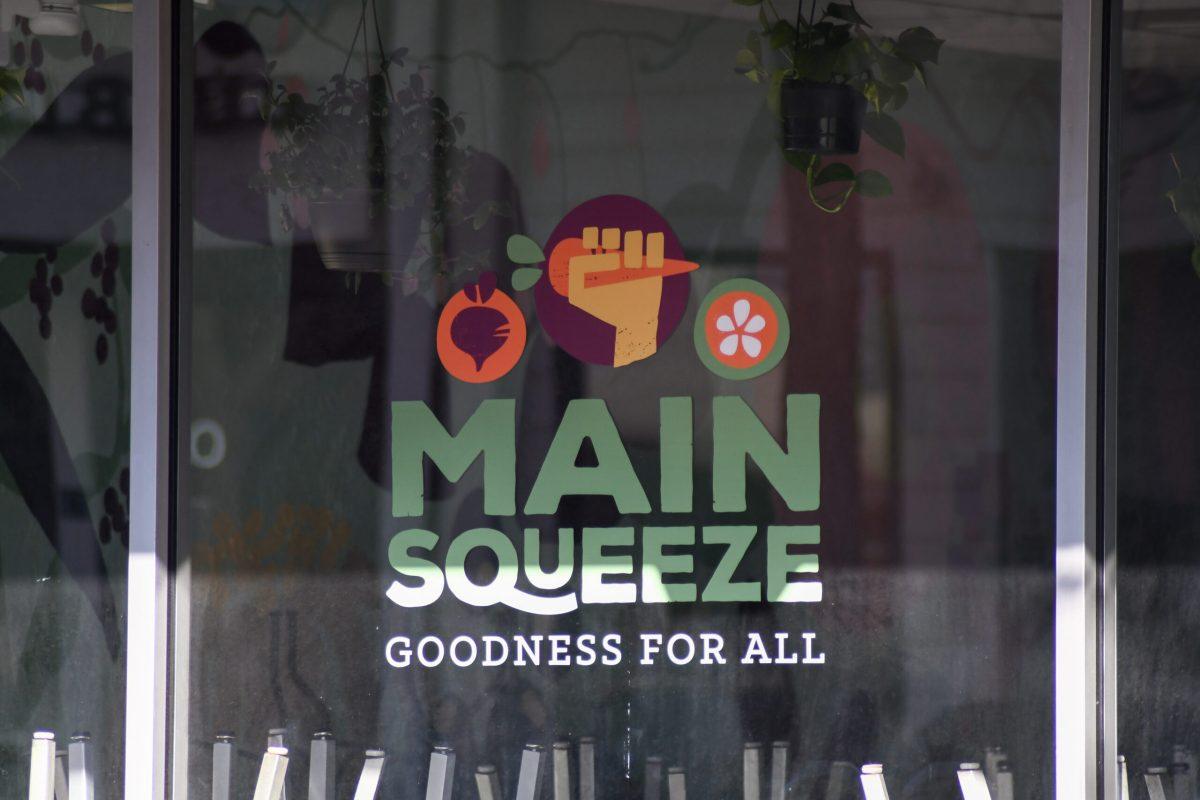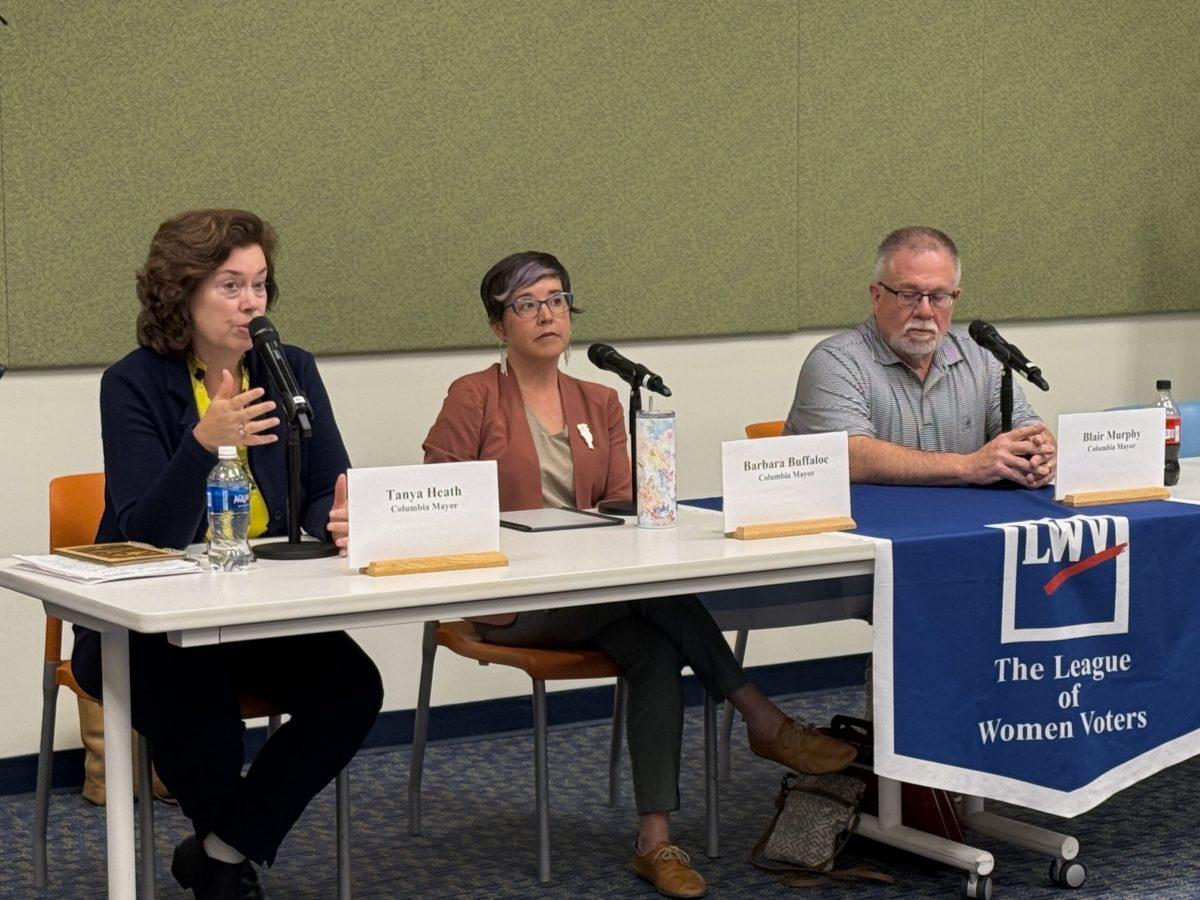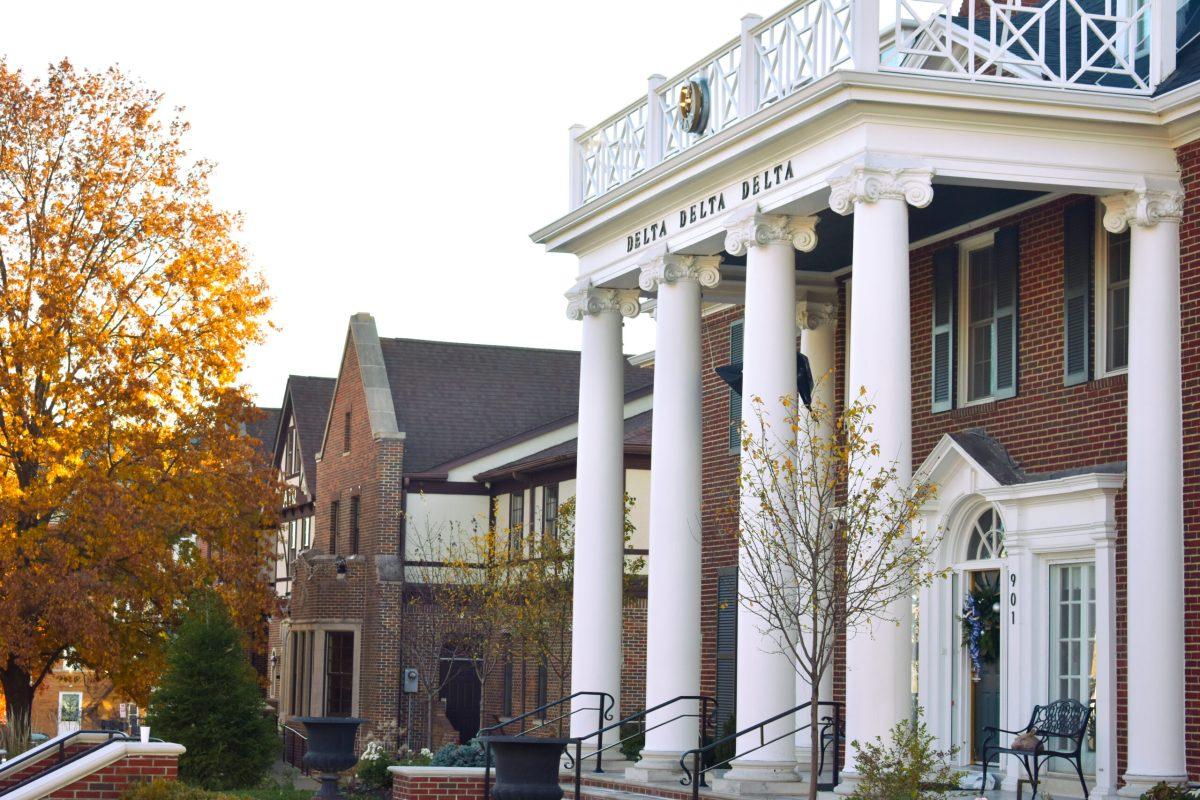MU Libraries have placed an increased emphasis on acquiring digital resources, following a nationwide trend of utilizing the Internet as a key research tool.
To discuss the implications of the digitization of resources, MU will host “The Future of Archives in a Digital Age,” a symposium Feb. 24 and 25.
The library both digitizes collections it already has and purchases new material that originates online, such as online journals and databases. The process of digitization is funded partly through grants.
Students and scholars have gravitated toward online resources because of their convenience.
“People can use them from their residence halls or home and don’t have to come in to the library,” Ann Riley said, who is the Assistant Director for Technical Services. “We want to provide what people will use and what’s most cost-effective, which means buying digital resources.”
The focus on online resources at MU is reflective of a nationwide trend.
“There’s been an increase in online resources and a decrease in books, which is true for probably all academic libraries,” MU Libraries spokesperson Shannon Cary said.
The transition to online periodical literature has been speedier than the transition to e-books.
“About half of our periodical literature now is only available online,” Riley said. “We can’t even buy paper if we wanted it for many things now.”
MU also sponsors MOspace, an online collection of publications and dissertations written by faculty and grad students in the MU system.
Online resources are seen as a complement to a still-growing collection of physical books.
“We won’t ever abandon our commitment to paper, tangible books, because those are very much core to what we do,” Riley said.
Online databases are not comprehensive or may not have reliable search functions.
“It is not yet a matter of the digital replacing print or manuscript,” English professor Devoney Looser said. “Even where digital resources exist, they make things both easier and more difficult.”
The library focuses on digitizing materials that are unique, fragile or heavily used. The Sanborn fire insurance maps, a collection of 6,800 maps of Missouri towns from 1883 to 1923, have been particularly popular.
“A lot of genealogists, local historians, and city planners use them,” Special Collections Director Michael Holland said.
MU professors have integrated digital resources into their class curriculum.
“The assignments I give to students have changed,” Looser said. “As a class, we can now look closely at a phrase in one text and then investigate how that same phrase was being used in dozens of other texts published during the period.”
The upcoming symposium, part of the Mizzou Advantage initiative, will bring in prominent research scholars to discuss the future of digital resources.
“We’re hoping the long-term effect of the symposium is to create a community of librarians, faculty and archivists that will discuss and try to integrate digital materials into research, libraries and teaching that goes on at the MU campus,” Holland said.
Looser hopes that collaboration will help move the digital humanities forward.
“It’s important that we attract more faculty, students and staff to collaborate on these innovative, team-based projects,” Looser said.

